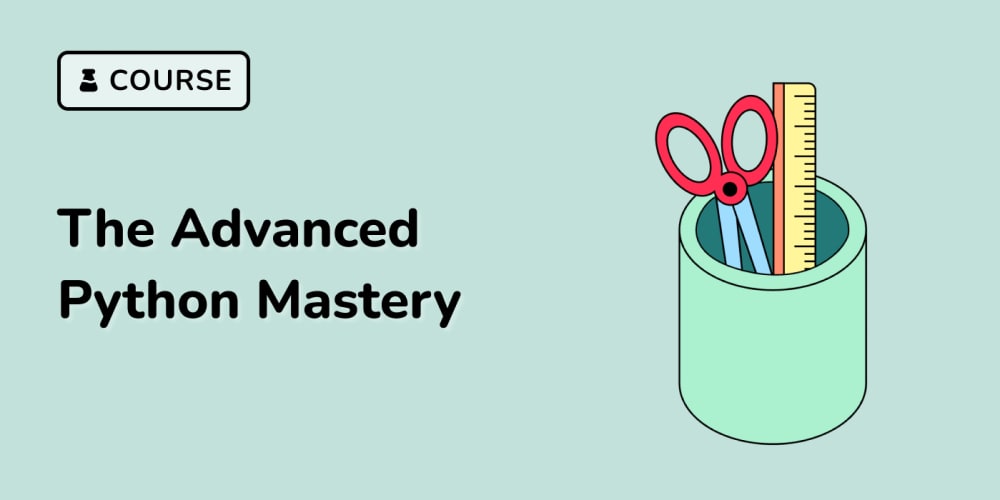No matter how complex your data problem is, you can always Divide & Conquer it. 🦾🦾🦾
In this article, we’ll break down how to solve intricate data challenges, data treatment, data management using a fully open-source Python library: Taipy. Whether you're cleaning data, orchestrating tasks, or exploring different outcomes, Taipy's intuitive design empowers you to handle it all.
Taipy's Scenario Management basis
Let’s go through three steps to show how Taipy can help streamline your data workflow:
1. Data Integration: Get the Data You Need
Every AI, ML, and data-driven project starts with data, obviously!
And it’s rarely as simple as a single, clean dataset. In most cases, you'll be pulling data from databases, APIs, flat files, or other external sources, and sometimes, all in the same project. This is where Taipy's data integration comes in—gathering and unifying data from these different sources.
In Taipy, this process is simplified with a key abstraction: the Data Node.
A Data Node represents your data but doesn’t store it directly. Instead, it holds all the necessary metadata to read and write the actual data, whether it’s a CSV file, a database table, or even an API response.
Here’s a quick example of defining a Data Node for a CSV:
from taipy import Config
initial_dataset_cfg = Config.configure_data_node(id="initial_dataset",
storage_type="csv",
path="data/dataset.csv",
scope=Scope.GLOBAL)
With this abstraction, Taipy takes care of data management, allowing you to focus on transforming and processing your data.
2. Task Orchestration: What Are You Doing with All That Data?
Now that your data is in place, what do you do with it? In any data workflow, the next step involves defining tasks that process and transform the data. This is what we call the Task Orchestration
A Task in Taipy is like a function, taking Data Node(s) as inputs, performing transformations, and then outputting Data Node(s).
For instance, you may want to filter some data or calculate new metrics. Here's an example of creating a Task to calculate the sum of a column:
clean_data_task_cfg = Config.configure_task(id="clean_data",
function=clean_data,
input=initial_dataset_cfg,
output=cleaned_dataset_cfg,
skippable=True)
Once you've defined your tasks, you can arrange them into a pipeline to ensure the steps execute in the correct order. This lets you easily build workflows that transform data, build models, generate reports, and more.
3. What-If Analysis: Explore Different Scenarios
Once your data and workflows are set up, you can begin exploring different scenarios. This is where the What-if analysis comes into play.
A Scenario in Taipy represents a specific instance of a problem you’re trying to solve, allowing you to test different parameters and see how they impact your results. By adjusting input data or assumptions, you can model various scenarios without starting over from scratch.
Here's how you can define a Scenario in Taipy:
scenario_cfg = Config.configure_scenario(id="scenario", task_configs=[clean_data_task_cfg, predict_task_cfg,evaluate_task_cfg], frequency=Frequency.MONTHLY)
tp.Core().run()
my_first_scenario = create_and_run_scenario(dt.datetime(2021, 1, 25))
predictions = my_first_scenario.predictions.read()
print("Predictions\n", predictions)
This makes it easy to perform sensitivity analysis or optimize outcomes, all within the same framework. Want to test different discount rates on your sales model? Just create new scenarios, tweak the parameters, and rerun them.
Taipy vs. Other Pipeline Management Tools
You may be wondering, how does Taipy compare to other popular pipeline orchestration tools like Apache Airflow, Luigi, or Prefect? While those tools are great for managing task scheduling across distributed environments, Taipy stands out by focusing on Python simplicity, especially when it comes to scenario management and what-if analysis.
Airflow/Luigi/Prefect: Generally focus on orchestrating ETL processes, scheduling, and monitoring workflows.
Taipy: It not only provides workflow orchestration but also simplifies what-if analysis with its unique scenario abstraction, allowing you to model various outcomes seamlessly.
For developers looking to handle complex data workflows in Python with minimal setup, Taipy offers a more straightforward, code-first approach.
Conclusion: Divide and Conquer with Taipy
The Divide and Conquer strategy wins every time, no matter the size or complexity of your data problems! With Taipy, you can handle everything from data integration to task orchestration and what-if analysis, all in one place. And you can finalize with data visualization as well.
Ready to give Taipy a try? Check out the GitHub repo and see how it can streamline your data workflows today!
Don’t forget to leave a star ⭐ and share your feedback or scenarios you've worked on in the comments below!

























